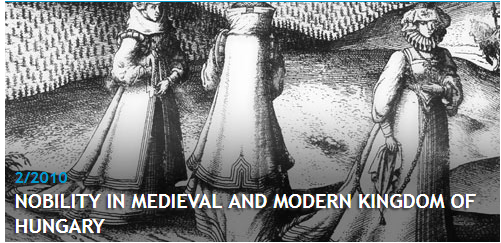Spoločenské postavenie servitorov a možnosti ich uplatnenia v západnom Zadunajsku v 16. – 17. storočí
The Social Stratification of Servitores and Their Career Possibilities in Western Transdanubia During the 16th and 17th Centuries
Author(s): János VargaSubject(s): Military history, Social history, 16th Century, 17th Century, Migration Studies
Published by: Historický ústav SAV
Keywords: Kingdom of Hungary; 16th-17th century; lower nobility; servitores; Transdanubia; social stratification; migration;
Summary/Abstract: The period after the battle of Mohács saw significant migration movements from southern towards northern and north-western parts of the country. The research is delimited to the area bounded by the newly formed border - approximately in the line of the counties of Zala, Veszprém (Weißbrunn) and Komárom (Komorn). Areas behind this line served as a basis for recruitment of new effective troops for the battles against the Ottomans. Landlords in order to be able do protect their property and at the same time to fulfil their duty to defend the country, organised their own armies. In the west Hungary it was the family of the Batthyány, whose members used to hold the function of the main captain, but some others, such as the Zrínyi brothers or the Esterházys disposed of numerous armies, too. These armies joined forces of many nobles who had been forced to flee their lands and lived without any income, completely reliant on military service. Several laws were passed to support such nobles. However, adjustment to the new conditions resulted in the nobles losing their independency as they became servitores, took up various functions and carried out services for their magnates. Gradually, some stratification was formed within the group of servitores, with dominus at the top of hierarchy, followed by his direct relatives and people holding the most confidential offices at the magnate's court. Lower in the hierarchy stood members of lower nobility and nobiles unius sessionis, subjects and free peasants - libertini came after at the bottom of it. Also, there was significant number of "soldiers" and haiduks. Author analyses possibilities of career advancement of servitores from all the levels of their social hierarchy by tracing course of their careers and notes changes taking place once the war with the Ottomans was over in the end of the 17th century.
Journal: Forum Historiae. Časopis a portál pre históriu a príbuzné spoločenské vedy
- Issue Year: 4/2010
- Issue No: 2
- Page Range: 1-10
- Page Count: 10
- Language: Slovak

